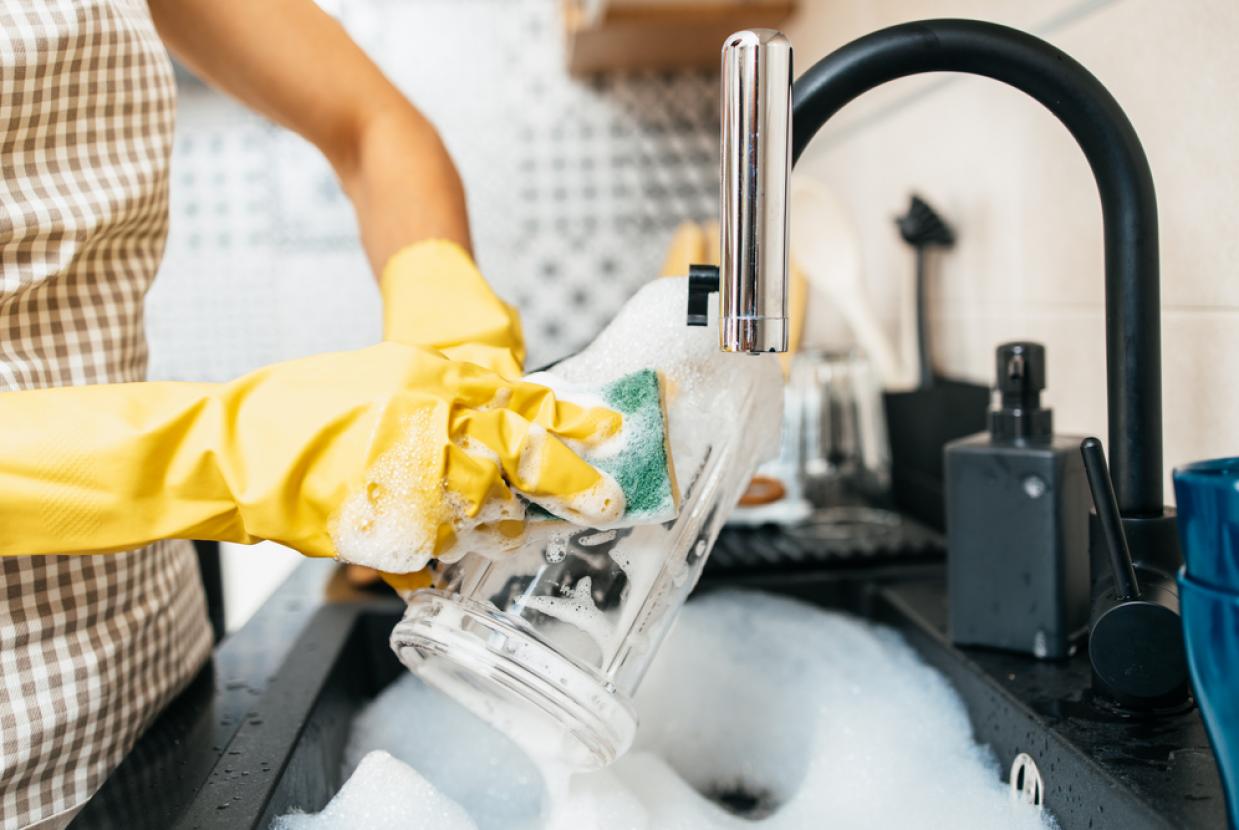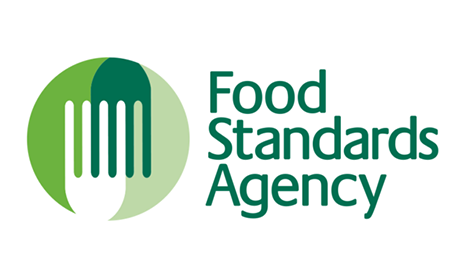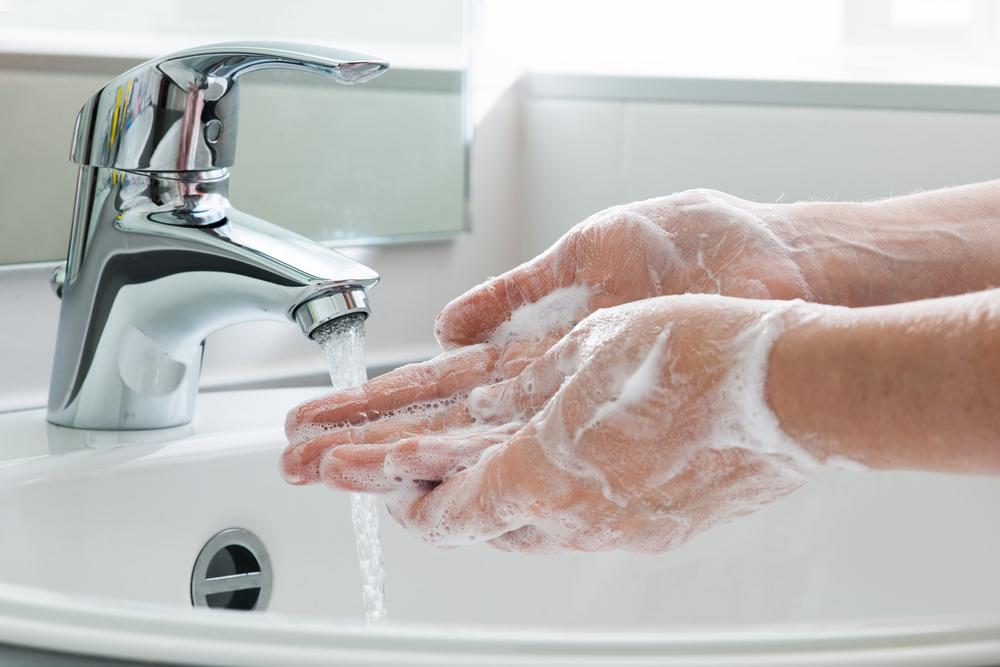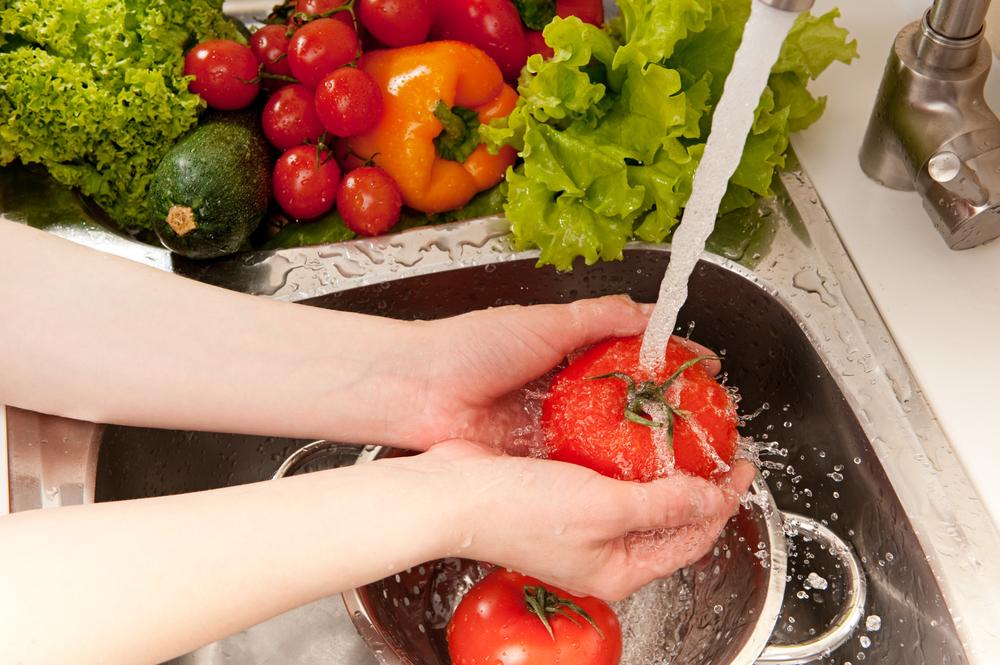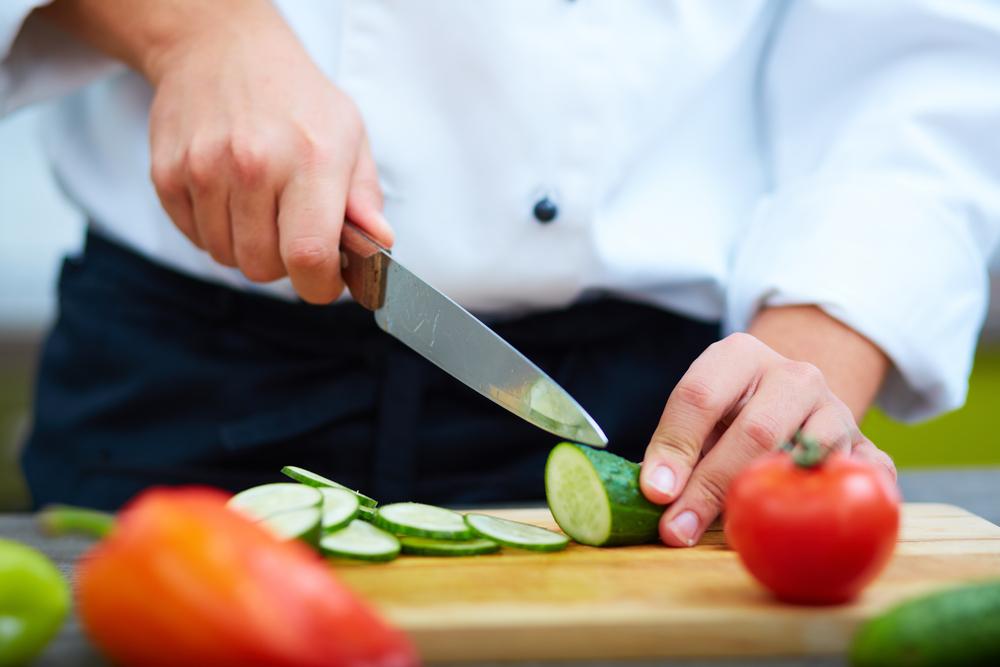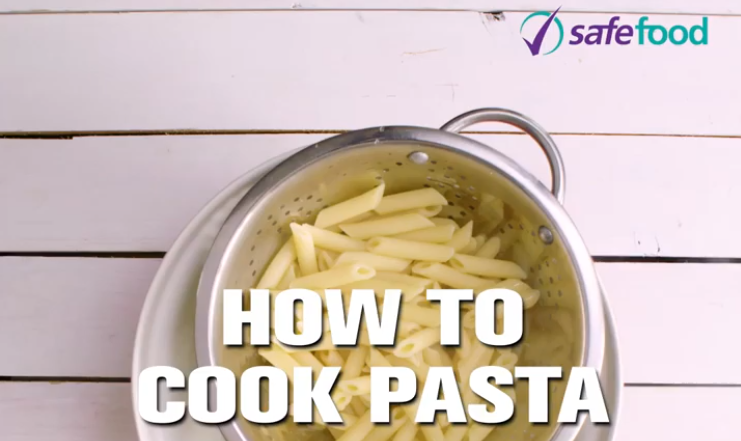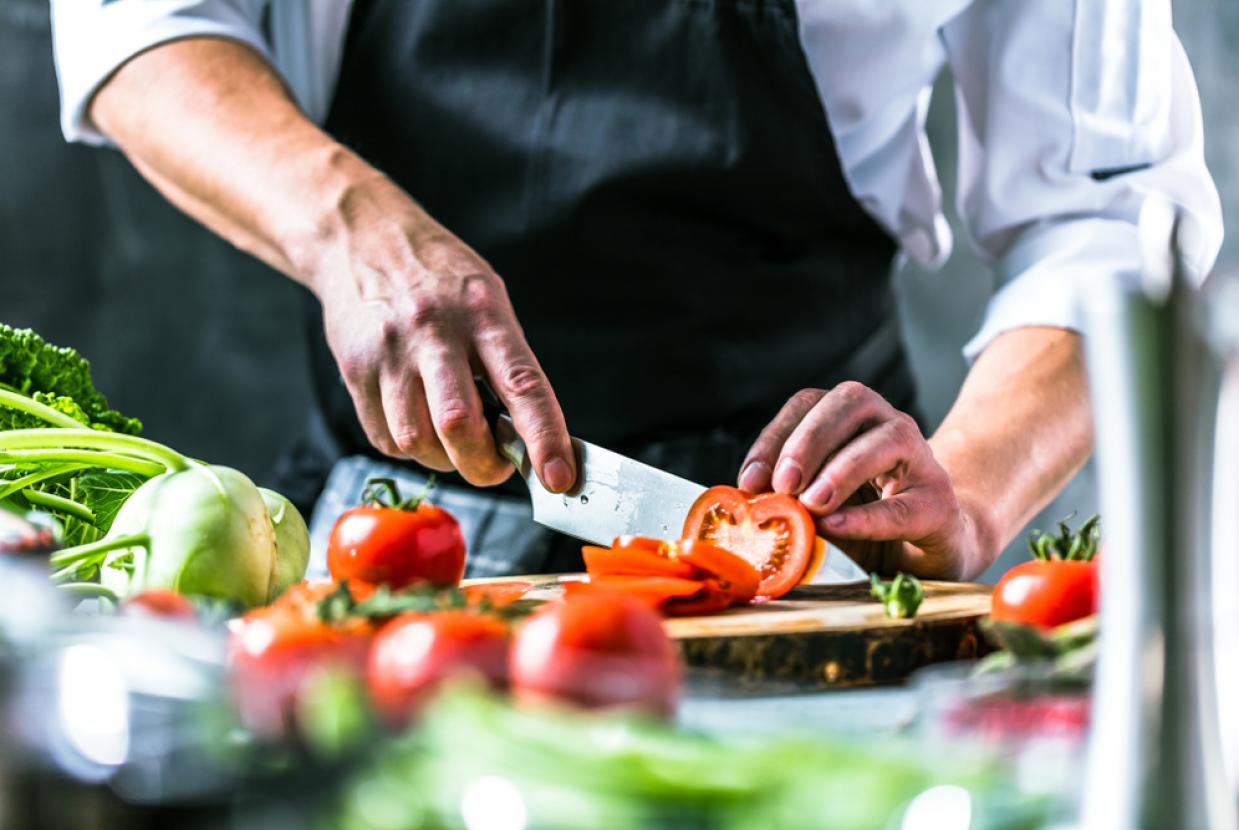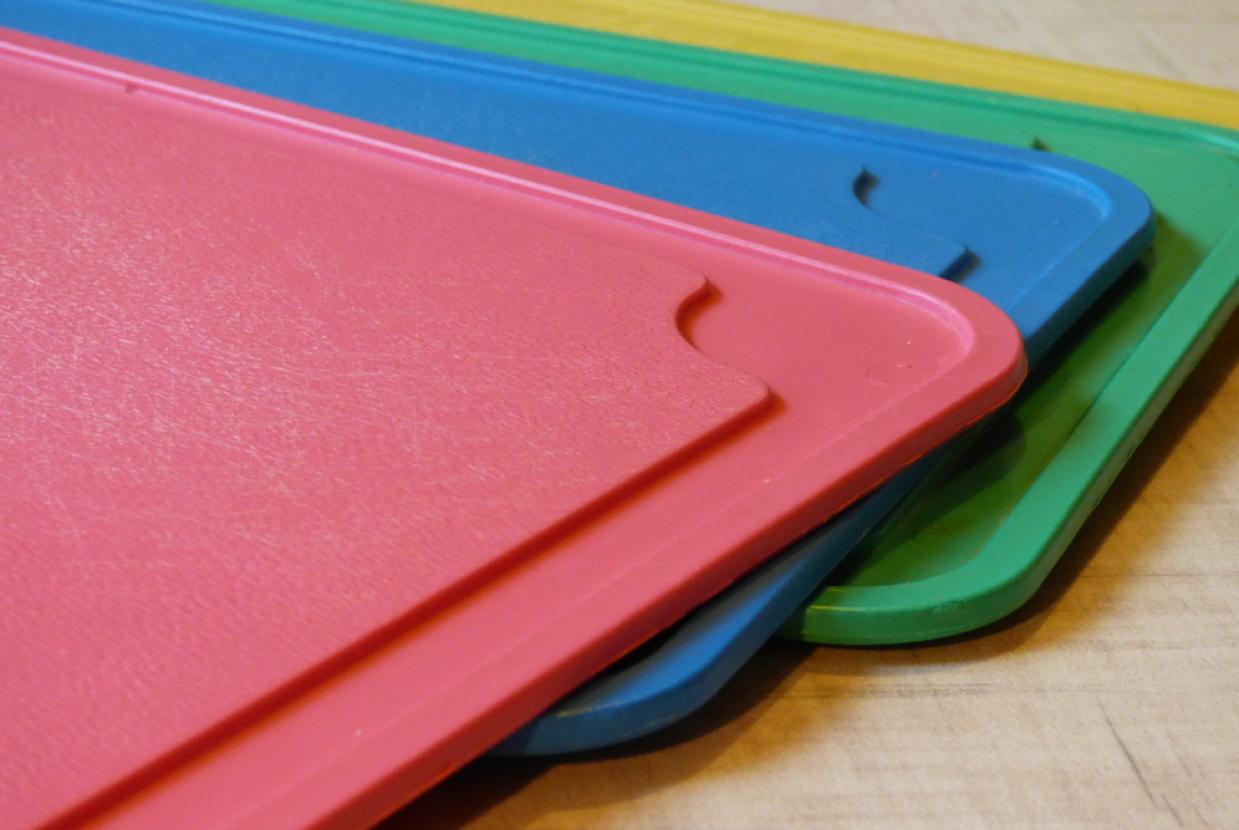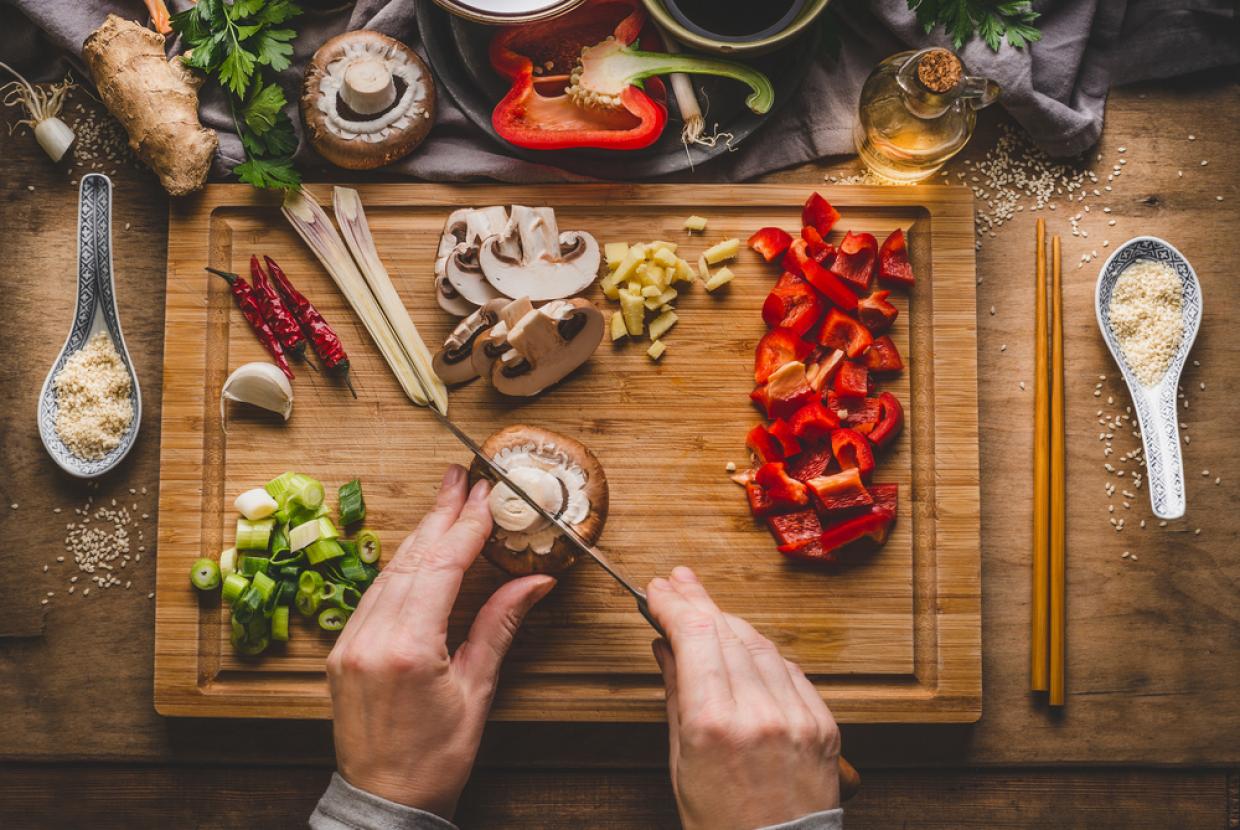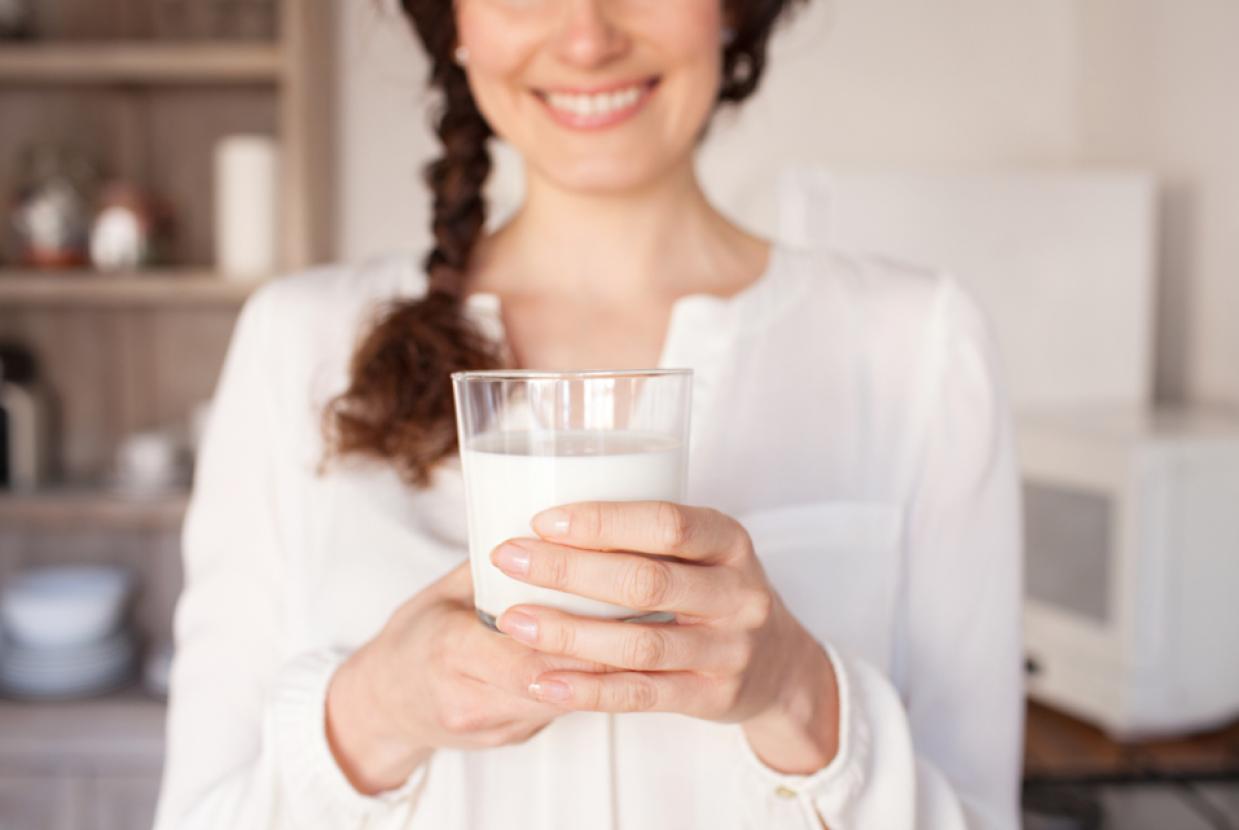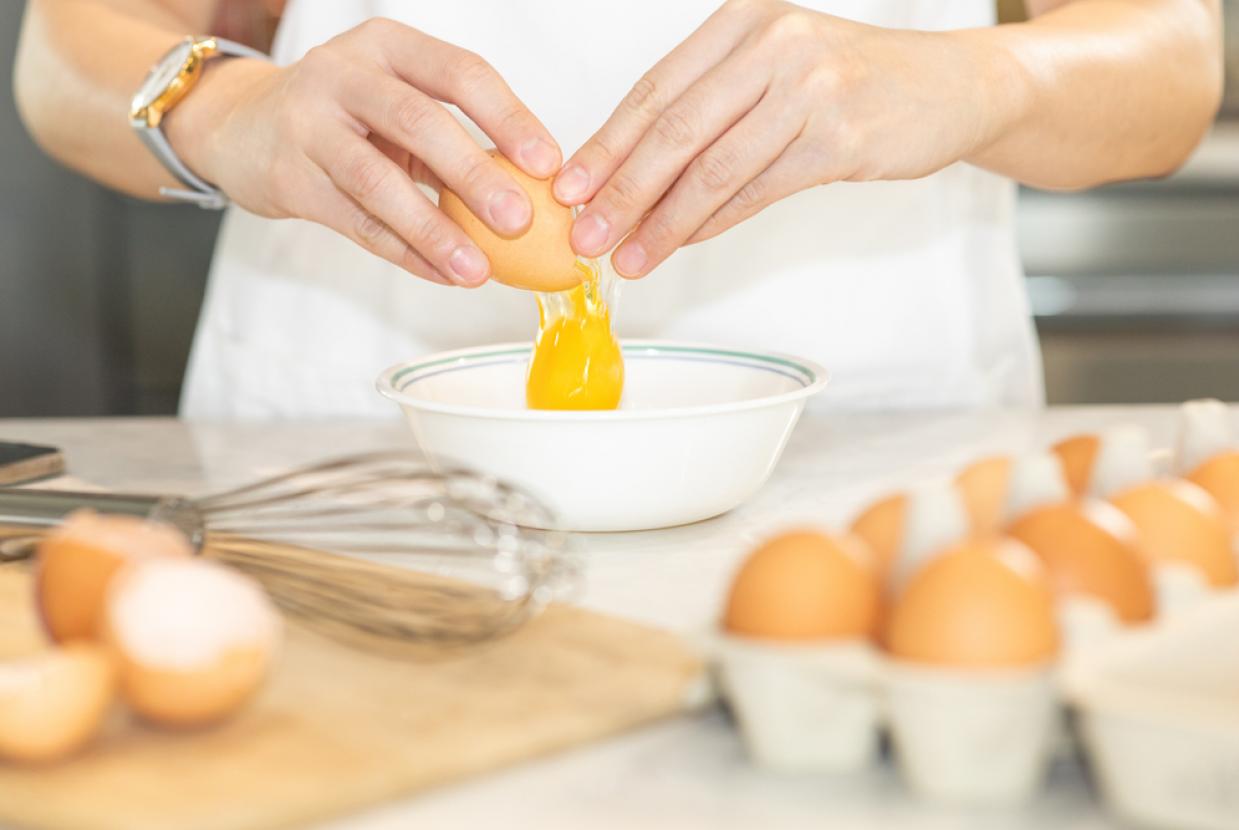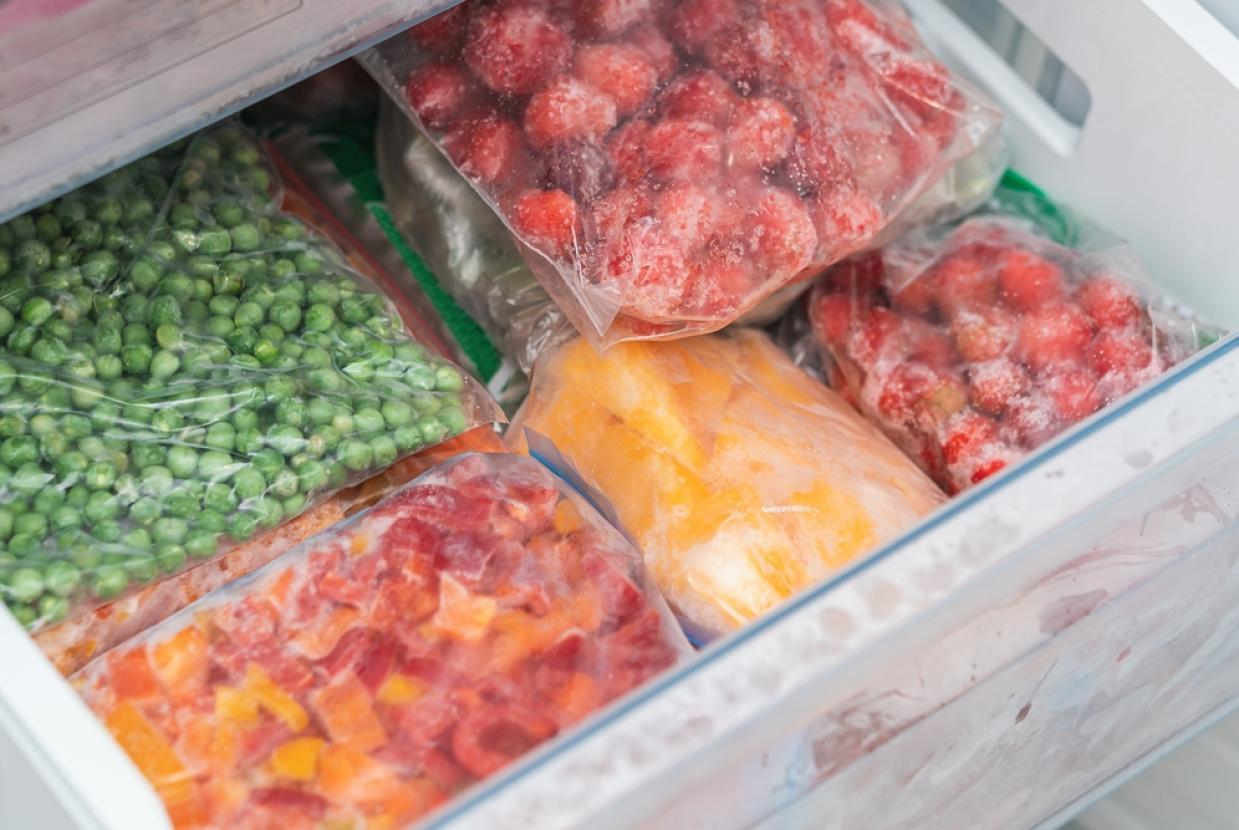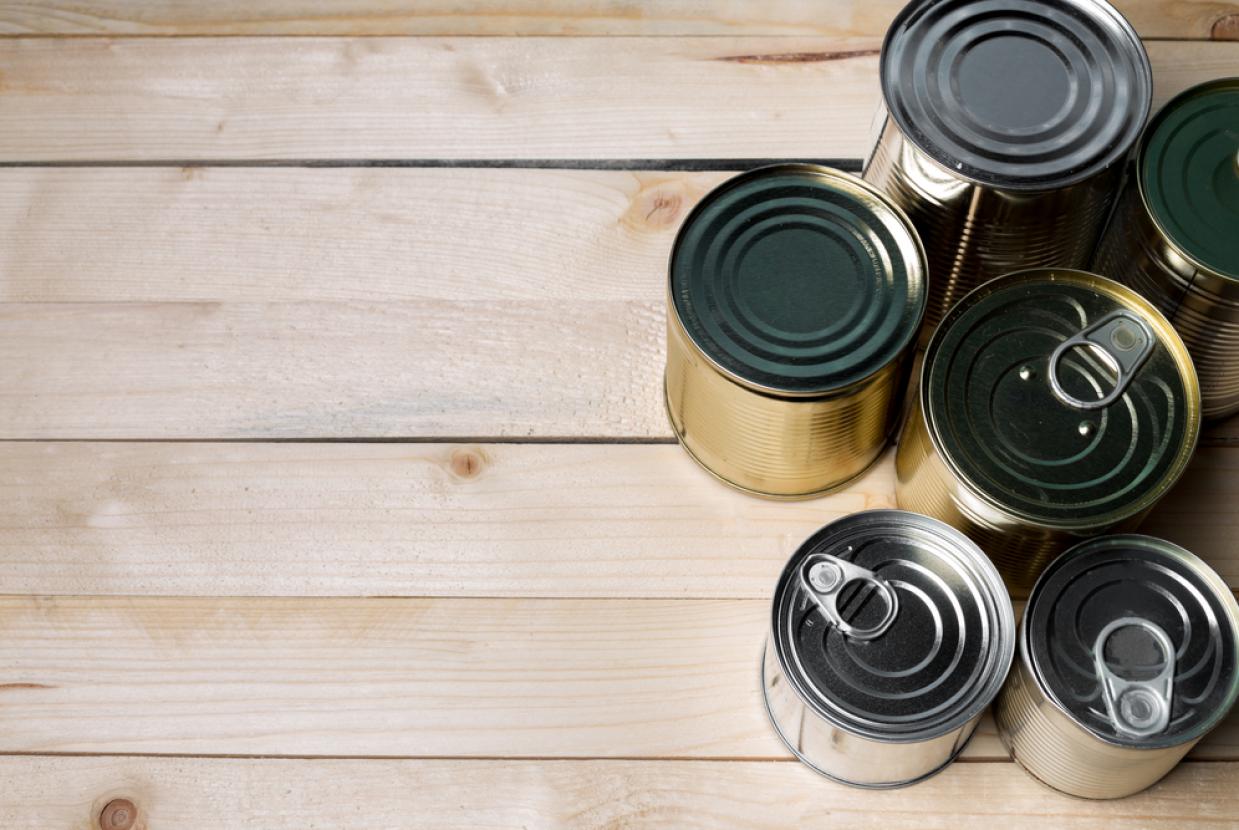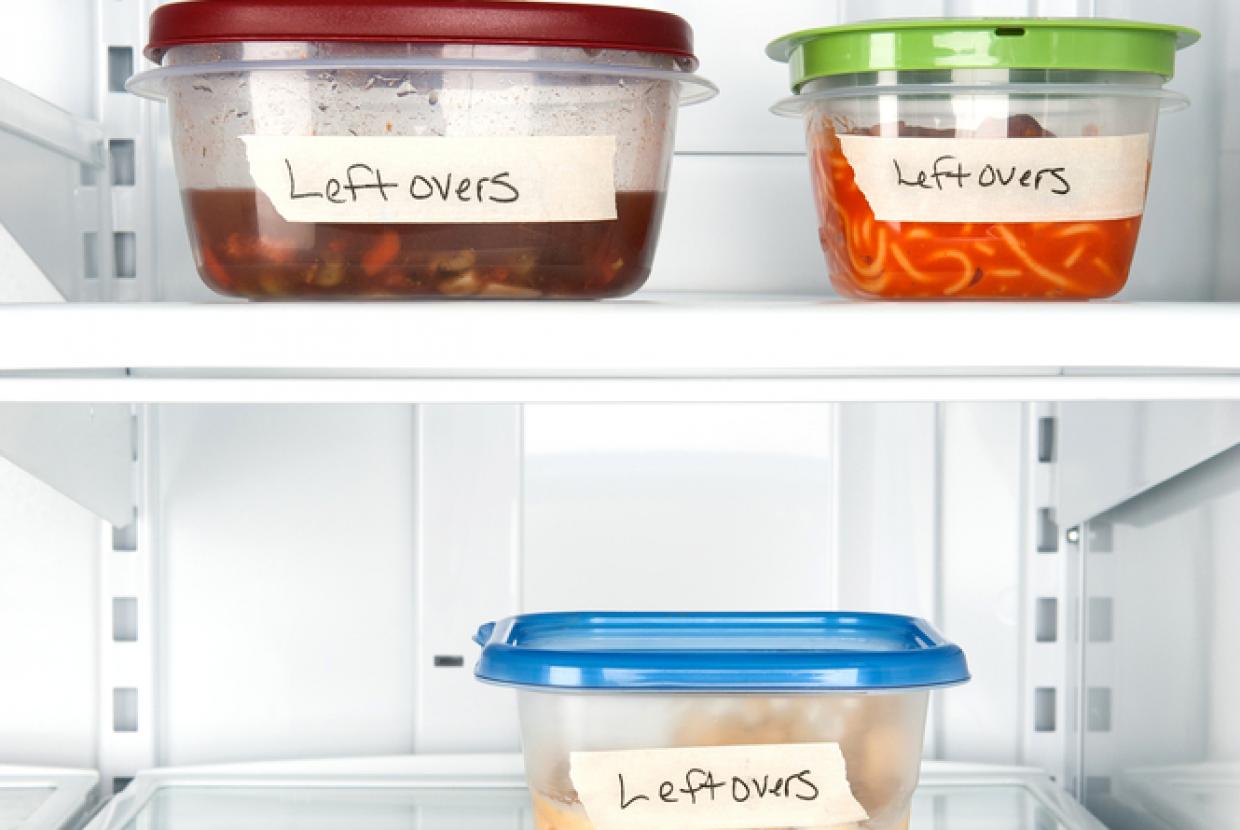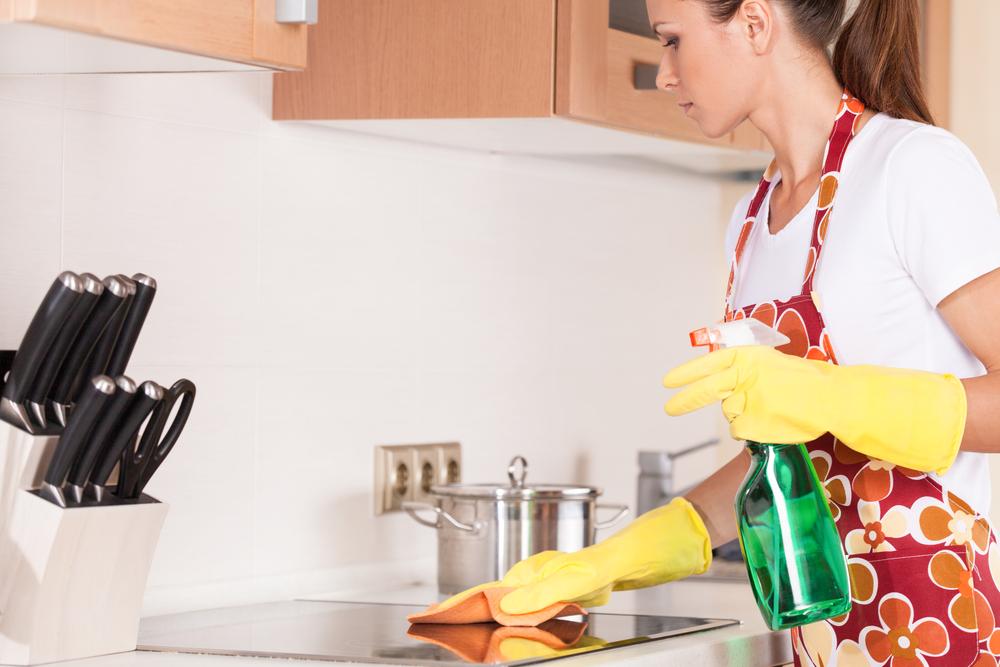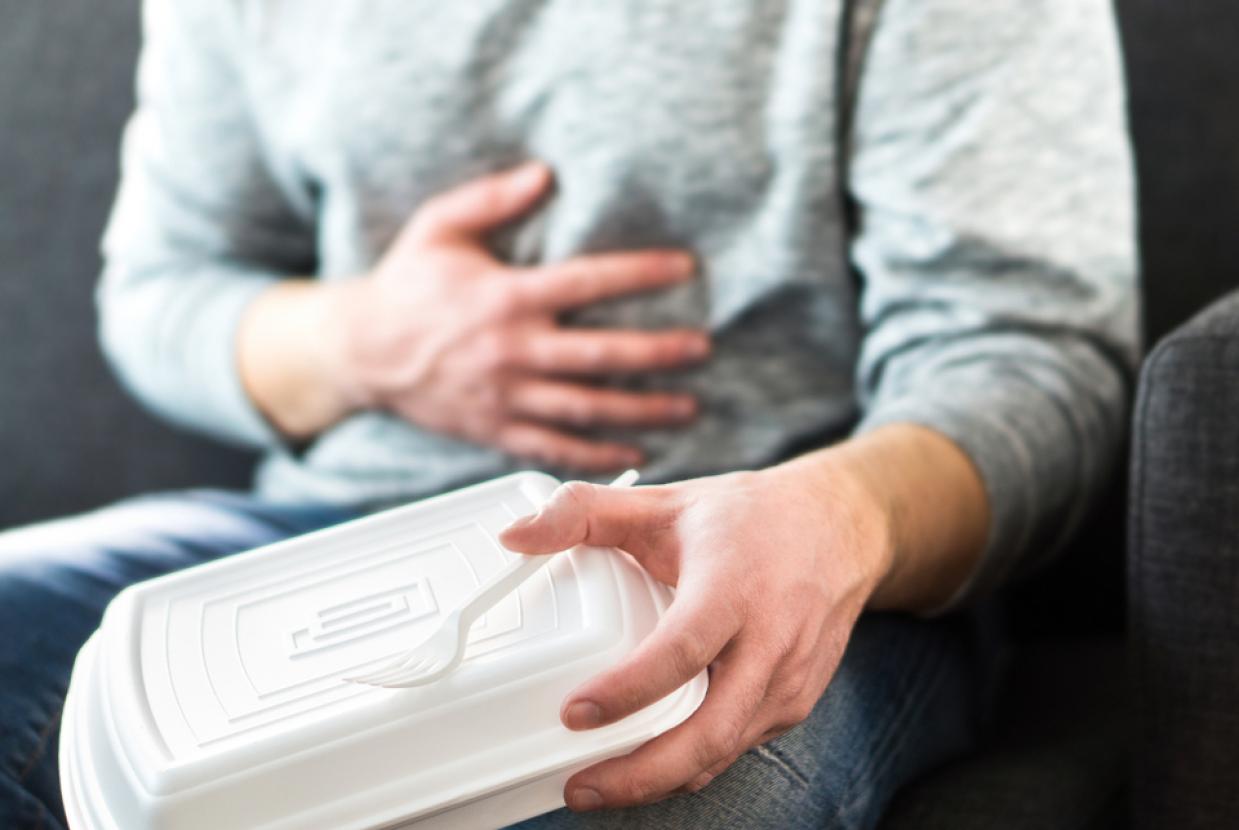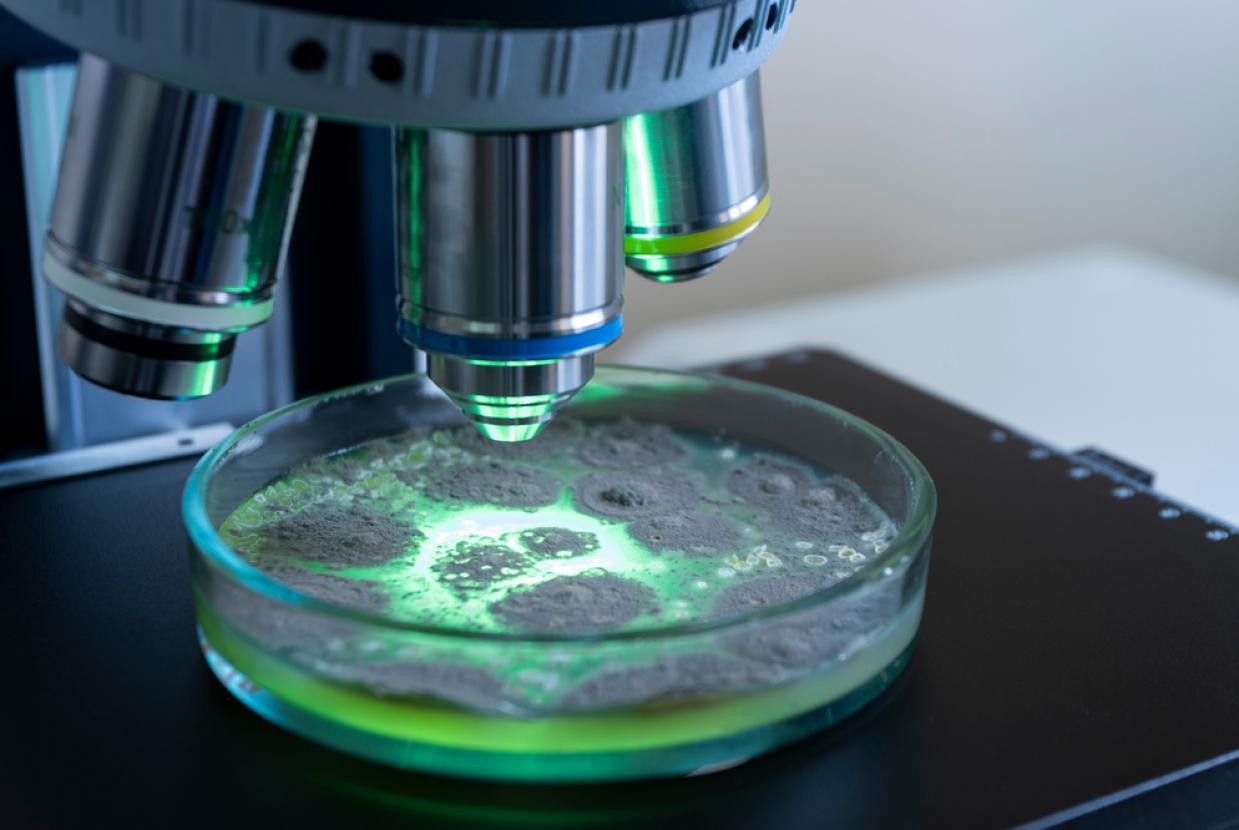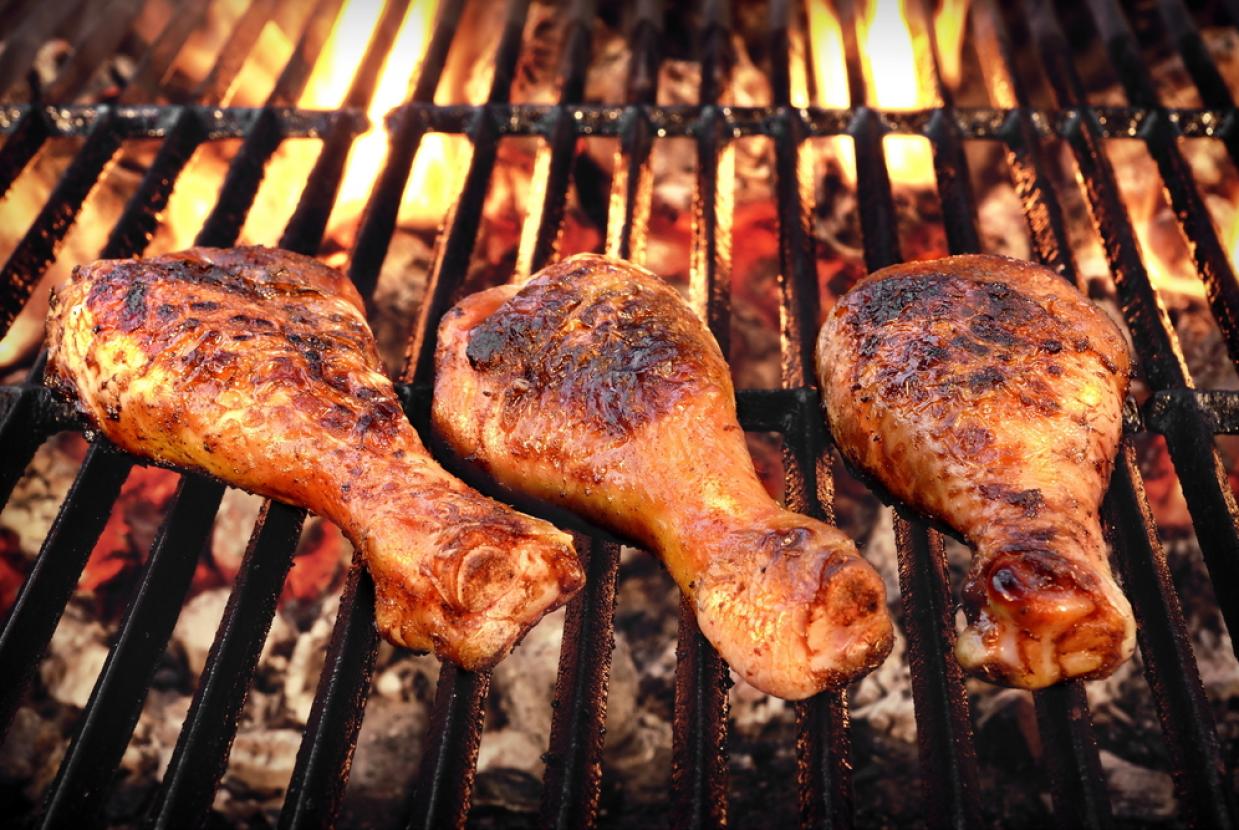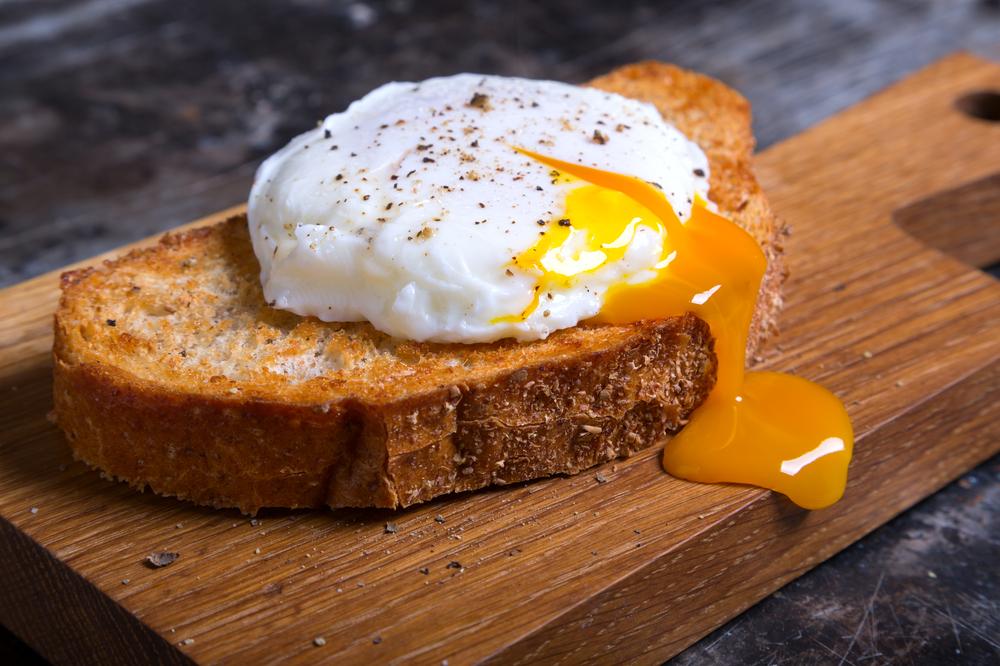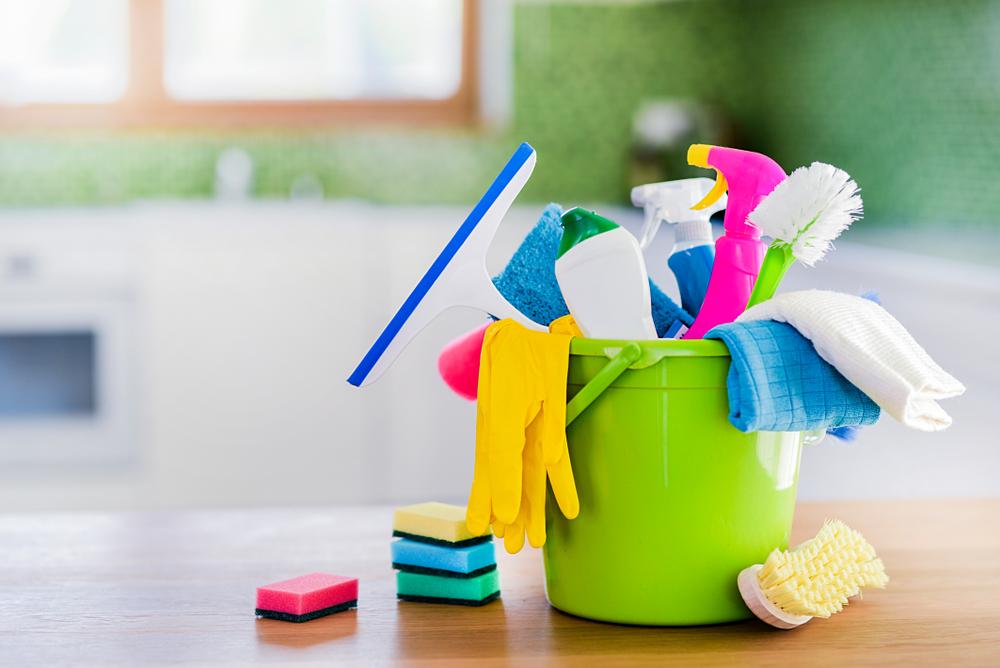Cleaning
Effective cleaning removes bacteria on hands, equipment and surfaces. This helps to stop harmful bacteria and viruses from spreading onto food.
Hand washing
You should wash your hands before you prepare, cook or eat food. Where possible you should wash your hands with warm soapy water. If you're in a situation where it's not possible to wash your hands, for example at a picnic, you can use hand-sanitising wipes or gels to disinfect them before handling food.
Bacteria and viruses
You are removing harmful bacteria by cleaning with warm, soapy water or by using disinfectant cleaning products. You should regularly clean your:
- hands
- work surfaces
- chopping boards
- knives
You are not actually killing the bacteria when you wash in this way. To kill the bacteria you need to wash the surfaces at temperatures above 70°C and maintain that temperature for some time. This temperature is too hot for your hands without the risk of serious scalding.
However, by washing with warm, soapy water, the lather and physical motion will detach the bacteria from the surface. The bacteria will be washed down the drain and will be removed from the waste water by the water treatment system.
While it is possible to clean with cold water, warm water will ensure that the soap or detergent lathers up properly. It is important that the soap lathers so it can be more effective at removing the bacteria.
Cleaning kitchen items
Dish cloths
Wash or change dish cloths, tea towels, sponges and oven gloves regularly. It's important to let them dry before you use them again. This is because dirty, damp cloths allow bacteria to breed.
Utensils and serving dishes
Take care to keep all utensils and dishes clean before preparing food. This is to avoid cross-contamination. You should use different utensils, plates and chopping boards when preparing ready-to-eat foods and raw foods that require cooking. Remember to wash them thoroughly between tasks to avoid the spread of harmful bacteria.
Cleaning food
Raw meat
You should not wash raw meat. Washing meat under a tap can splash bacteria onto your hands, clothes, utensils and worktops. Washing raw meat, such as chicken, can spread harmful bacteria like campylobacter. Thorough cooking will kill any bacteria present.
Fruit and vegetables
Remember to wash fruit and vegetables with water before you eat them. This is to make sure that they are clean and harmful bacteria can be removed from the outside. You should wash them under a running tap, or in a bowl of fresh water, making sure to rub their skin under the water. You can start with the least soiled items first and give each of them a final rinse.
Peeling vegetables can also remove more bacteria, so this is an additional precaution you can take when intending to eat root vegetables raw.
Cleaning products
A wide range of products are available for cleaning and disinfection. You should read the manufacturer's instructions carefully to ensure that the product is suitable for food surfaces and that you are using it correctly. To effectively kill any harmful bacteria properly, you should make sure you:
- leave the cleaning product on the surface for the time specified in the instructions
- read the manufacturer's guidance to check if it needs to be diluted before use
Cleaning products will be classed as detergents, disinfectants or sanitisers.
Detergents
Detergents clean the surface and remove grease, but they do not kill bacteria.
Disinfectants
Disinfectants kill bacteria. They should be used on a visibly clean surface. They do not work effectively if the surface is covered in grease or visible dirt. It is important that you follow the specified contact times for the products to be effective.
Sanitisers
Sanitisers can be used to clean and disinfect as part of a two-stage approach. First use the sanitiser to clean the surface. This will remove any:
- dirt
- food
- grease
You should then re-apply the sanitiser to the visibly clean surface and leave for the required time. This will disinfect the surface.


